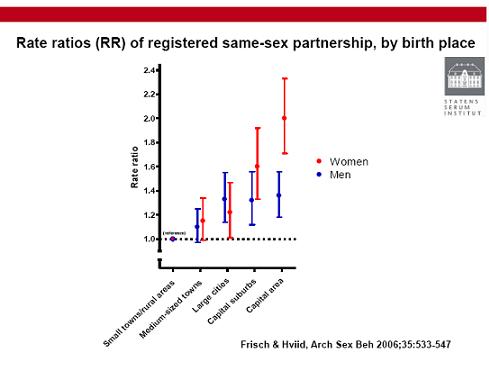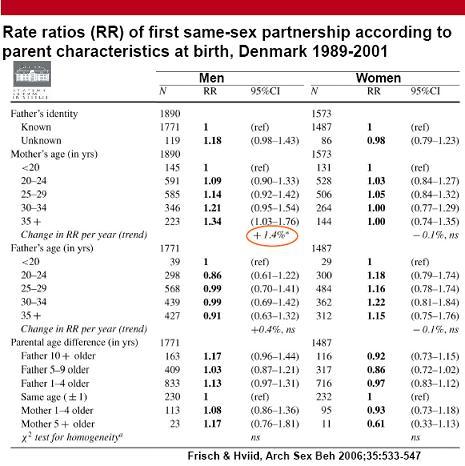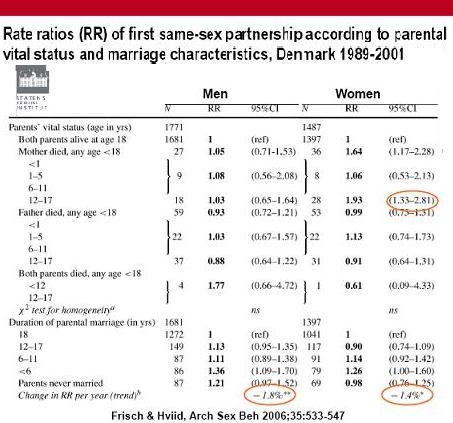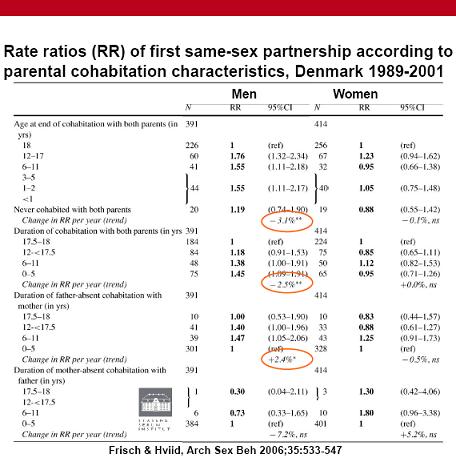(This post has been moved up and republished)
For the foreseeable future, posts about topics related to my book-in-progress will come up frequently, punctuated with articles regarding my new medical interest – PANDAS. The book relates to same-sex attracted people who are in heterosexual marriage. There will be a significant section on theories regarding sexual orientation.
In that section, I will take up the problems of reparative drive theory and as such critique the primary means of gathering data for the theory – clinical experience. Reparative therapists base their formulations, not on several lines of empirical research, but on reconstructions from clients. This post will be a series of quotes from a 1984 book by psychotherapist Morris Eagle, titled, Recent Developments in Psychoanalysis: A Critical Evaluation and published by McGraw-Hill. In the section, I am referencing (131-140), Eagle begins:
I have noted above that according to most current writers, the essential factor in the etiology of developmental defects and arrests is early trauma of some kind…I have already noted (and will discuss again later in this chapter) that there is little or no evidence for these etiological claims.
Eagle believes that then current (in the mid-1980s and represented now by reparative therapists such as Joseph Nicolosi and Richard Cohen) psychoanalytic theorists miss the move Freud made from seeing the patients problems steming from actual trauma to intrapsychic conflict. Freud confronted the question regarding the veracity of his patients stories and concluded with varying degrees of conviction that the stories did not of necessity represent real events but rather patients’ mental constructions.
Eagle criticizes this view of etiology, saying:
In other words, what is invoked in the etiology of pathology is not intrapsychic conflict, personal meanings and fantasied interpretations of ostensible events, but the direct effects of supposed actual events (usually maternal failure – e.g., lack of empathic mirroring – of some kind) upon psychological development, relatively unmediated by personal fantasies and meanings. This kind of etiological explanation is similar in form to early Freud’s seduction theory and to pre-psychoanalytic accounts. It is a straightforward A causes B account, much as one would say that lack of vitamin D (A) causes rickets (B). (author’s emphasis)
To explain same-sex attraction, reparative drive theorists assert a set of developmental failures primarily involving the same-sex parent. These events are considered to be directly causative. What else can make of statements like this?
The child was not supported by his parents in his early masculine strivings, and as an adult, he is now in conflict with his normal desire to connect with other males.
Or this?
A significant number of our clients report a family background which could be defined as narcissistic. In the narcissistic family, the child is placed in the communications structure of the Double Bind, or the “no-win predicament.” If he assumes responsibility for the fact that he does not feel loved for who he really is, the child is rewarded with parental love and attention (but of a narcissistic and malattuned sort). That is the nature of shame-assuming responsibility for “not having been lovable.” However, if he maintains his assertive stance, holding onto the integrity of his own perception and his own his internal state, he is punished with parental inattention and withdrawal.
To comprehend the profound gravity of this choice, we need to understand what we mean by a parent’s well-intentioned but malattuned love. When one is a very small child, parental malattunement feels like a profoundly painful expulsion, a “shunning” that is experienced as nothing less than hopeless abandonment. The price of choosing to maintain his own perception means, to the small child, having to confront the primal fear of abandonment-annihilation.
In the case of reparative drive theory, the parental failure comes from both parents – father gets a role in this psychoanalytic story. Eagle does not use the term confirmation bias but he notes the peculiar tendency of psychoanalytic theorists to ascribe meaning to historical events according to the analyst’s theories.
…so-called defects and arrests are not necessarily transparent rather involve the theoretical interpretation and judgment that certain behaviors are expressions, often indirect and subtle ones, of underlying developmental defects and arrests. What follows is that if one’s theoretical predilections are in a particular direction, one can view a particular set of behaviors as indications of a self-defects and developmental arrests, while someone with a different theoretical inclination will give a different diagnostic meaning to these behaviors…as Rangell (1980) has noted, the kinds of patients described as narcissistic personality disorders and as suffering from self-defects by Kohut and his followers have long been observed by many analysts who viewed them as neurotic rather than as warranting a distincy diagnostic category.
Searching for critical relational wounds (“bad enough parents”) has treatment consequences which Eagle believes leads to impossible expectations. Some people come in with clear knowledge of their history and desires to resolve their relationship to that history. Therapists should work with clients in this manner. However, some therapists press clients to adopt an explanatory framework which does not fit, or only fits with significant distortions or reconstructions.
Eagle questions the utility of suggesting to clients that their symptoms are tied in some direct manner to events, especially those before awareness. Can therapy really allow a person to go back and repair developmental arrests in any meaningful, real world way?
Many recent conceptualization of therapy suggest that treatment compensates for early traumas and the deficiencies they bring about. I have referred to this elsewhere as a “deficiency-compensation” model of therapy. However, it is likely that the salutary effects of therapy have mainly to do, not with eliminating developmental failures and structural defects, but with ameliorating the effects of the unrealistic anxieties and unresolved conflicts typically accompanying whatever failure or defects are one’s lot (author’s emphasis).
I share Gedo’s (1980) skepticism toward talk about resumption of developmental growth and the claim that psychotherapy somehow directly repairs developmental impairments and structural defects…As adults, we are not simply frozen at “arrested” points in childhood. Hence it is not at all clear as to what is meant by permitting arrested configurations to unfold as they would have when we were 1,2, or 3 years of age. What can such talk mean or refer to?
Eagle doubts that the benefit of therapy derives from the analyst and patient repairing the past via the present relationship. In this context, I am reminded of Richard Cohen’s justification for holding therapy on CNN – “It establishes a parent-child relationship. He didn’t get this from his own dad.” Being emotionally present for a client is important to serve present day functions but there is little evidence that therapeutic attunement in itself repairs historical deficits. He continues with this money quote…
The emphasis on early periods of development has led to unbridled speculations regarding supposed events and processes in infancy and childhood. Such speculations are often of an etiological nature or may simply refer to what presumably goes on in early development. What they all have in common is that, remarkably enough, they are entirely based on clinical work with adult patients and make no reference to empirical studies with infants and children, let alone long-term longitudinal evidence.
I probably should have led this post with this point. If you have read this far, this is a reward for doing so. Any theory that relies on the reconstructive memory of clients to open the door to the past should be doubted and pressed for confirming evidence. Critical events in reparative drive theory are proposed to occur prior to the age when most people can hope to recall (18 months to 3.5 years). The belief in their occurance comes from client reconstructions – a very selective sampling and subject to the therapist’s confirmation bias.
Eagle quotes Rubenfine (1981) with this caution:
under no circumstances are we ever justified in using our creative fictional ‘constructions’ about origins of pathology in the first year of life to serve as data for theorizing about early childhood development.
In short, given the reconstructive nature of memory, we cannot infer the past from the present with the kind of precision needed to craft dogma. Eagle has provided a solid critique of reparative type therapies which compel clients to emotionally relive the past and seek repair with an empathic therapist. Clearly, some good comes from these efforts, but, with Eagle, I suspect the empathy establishes the relationship and any good comes from present day strategies clients learn to navigate present life as adults.



